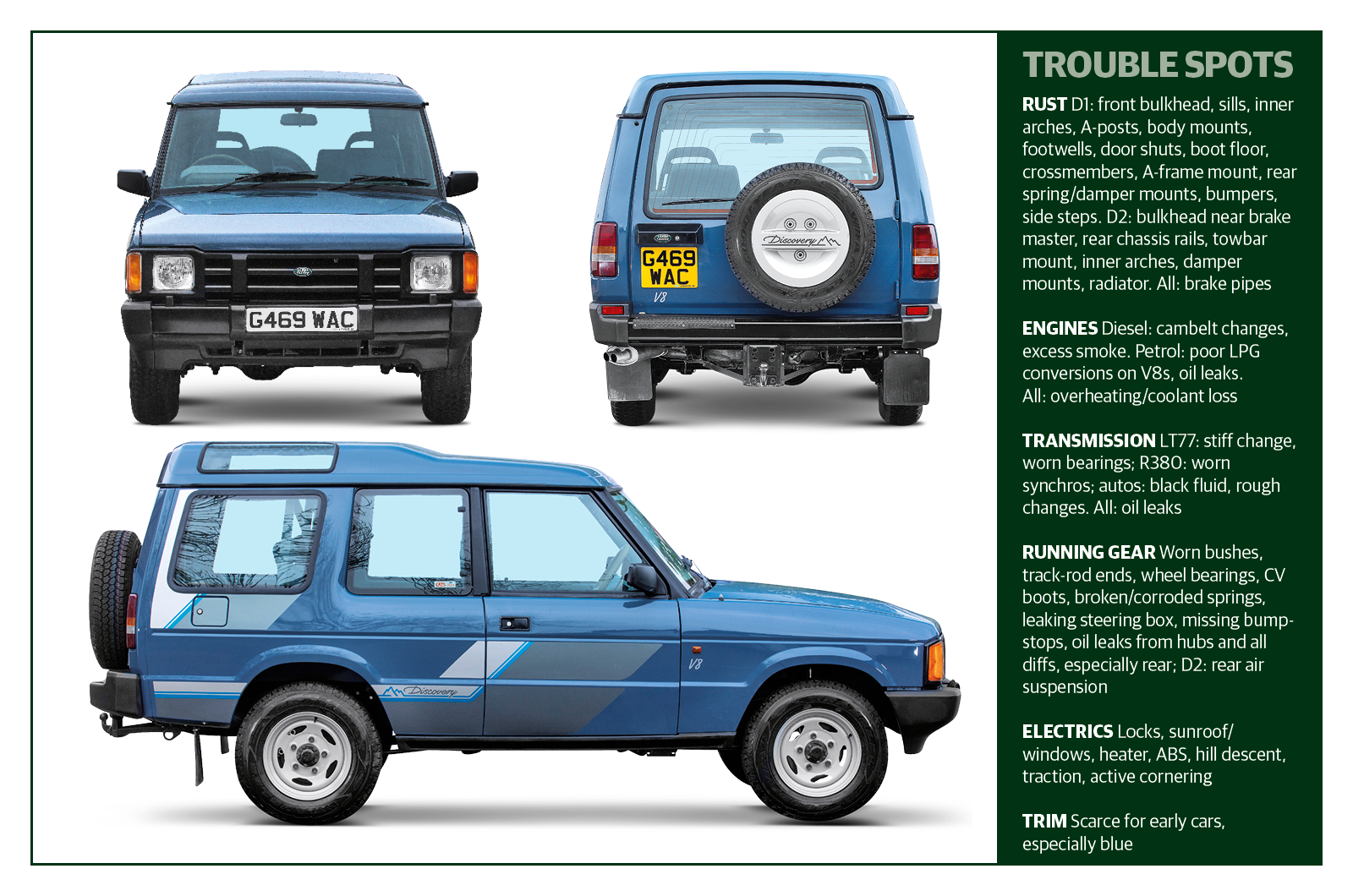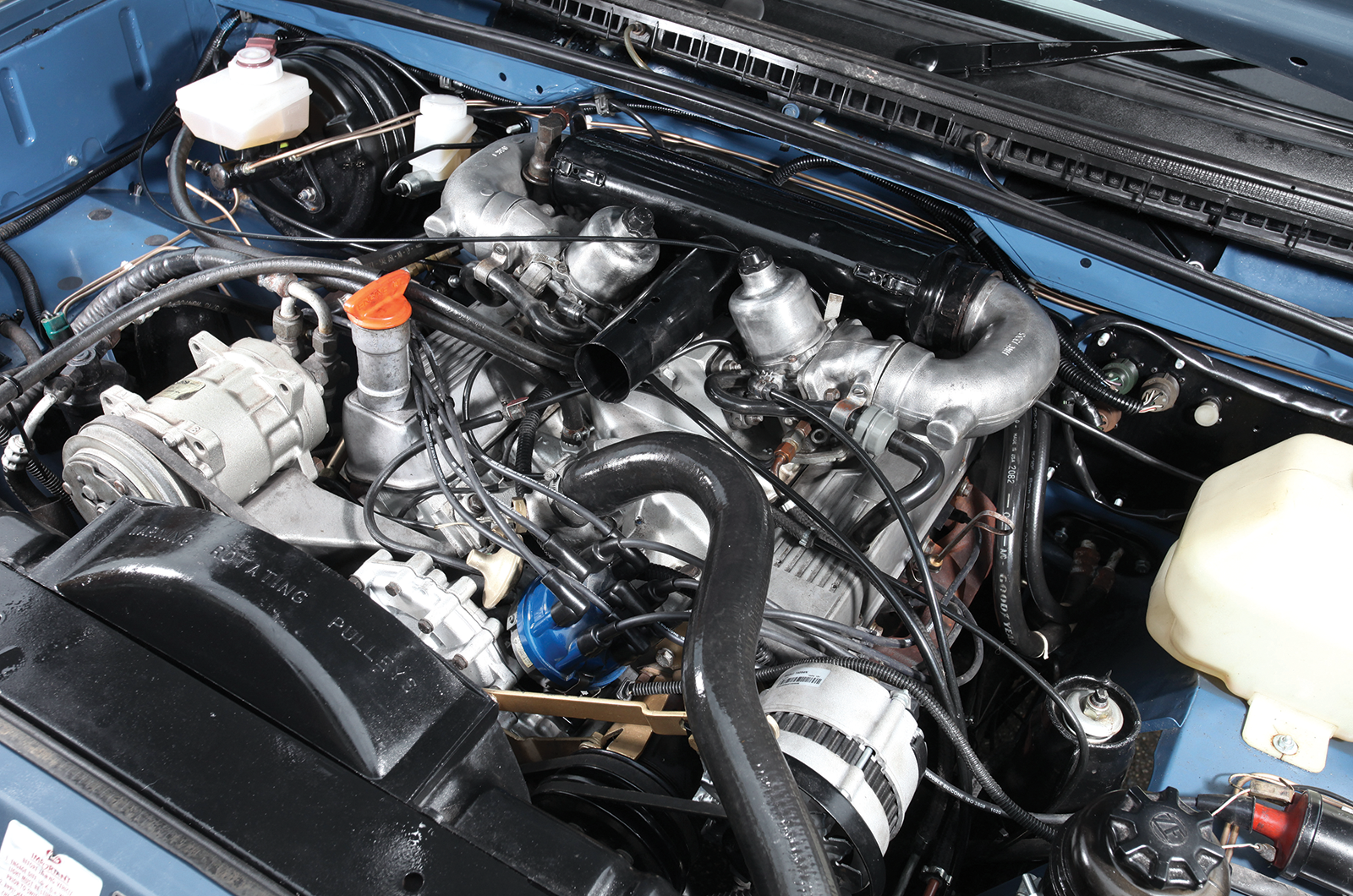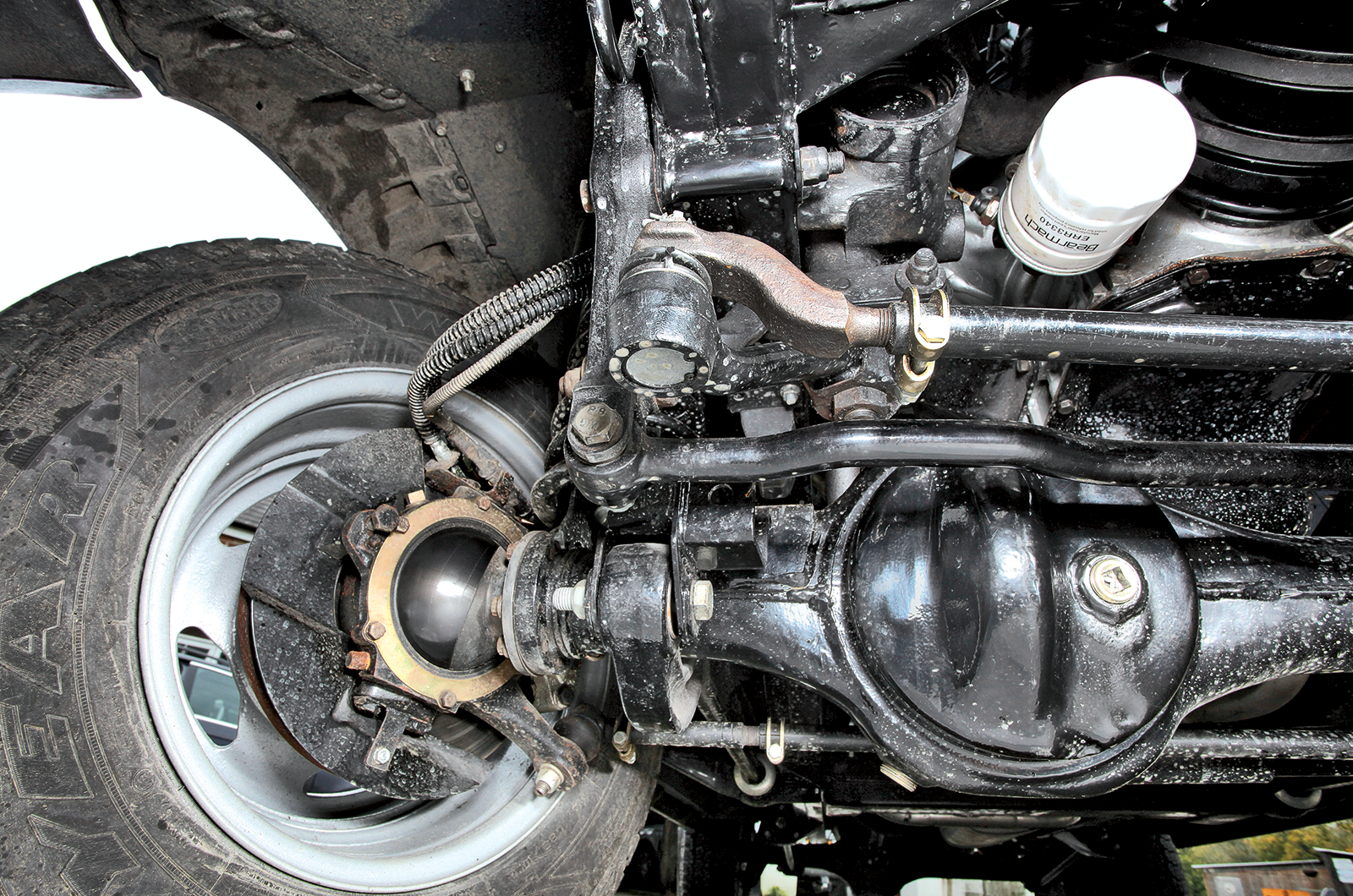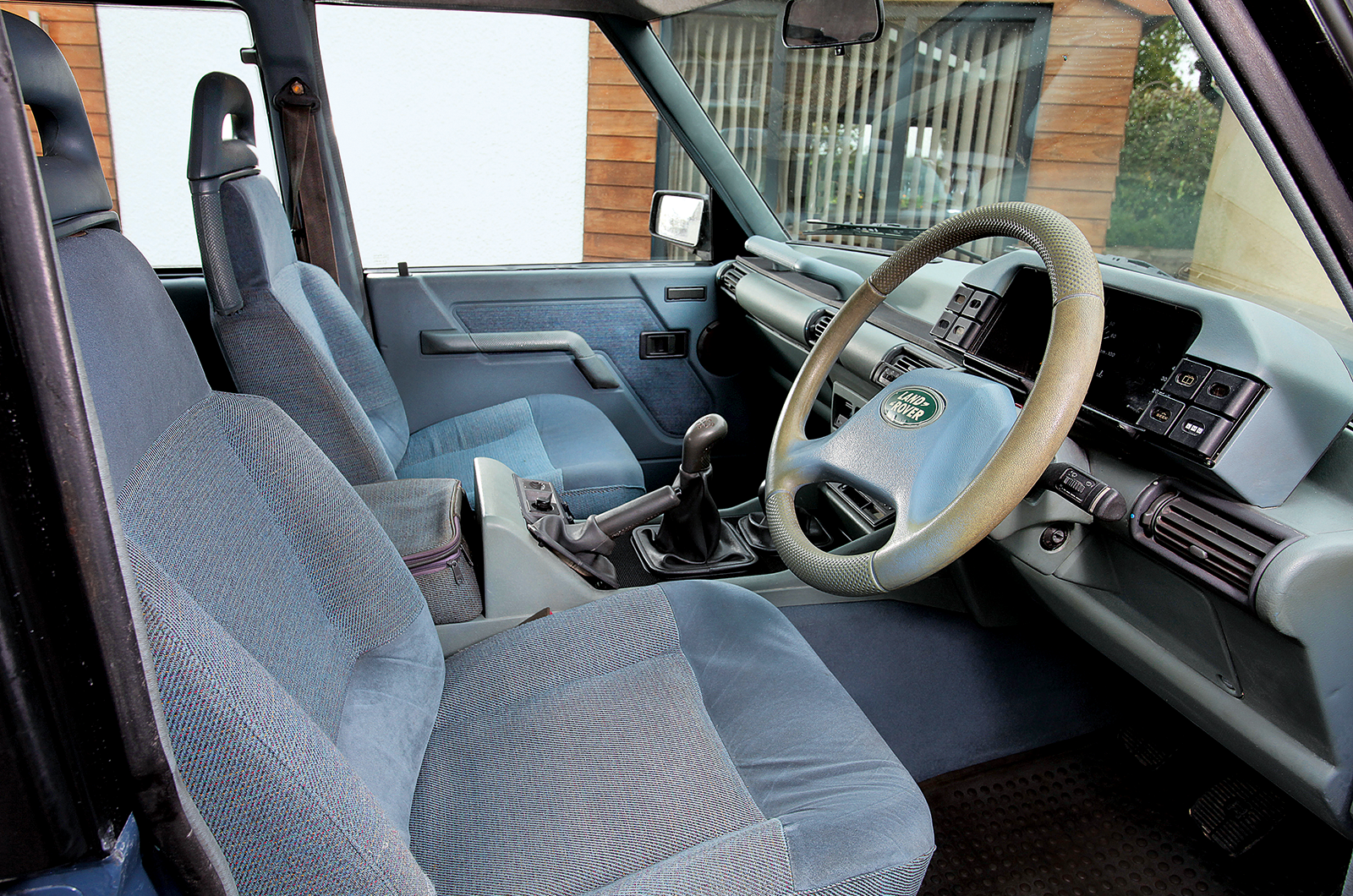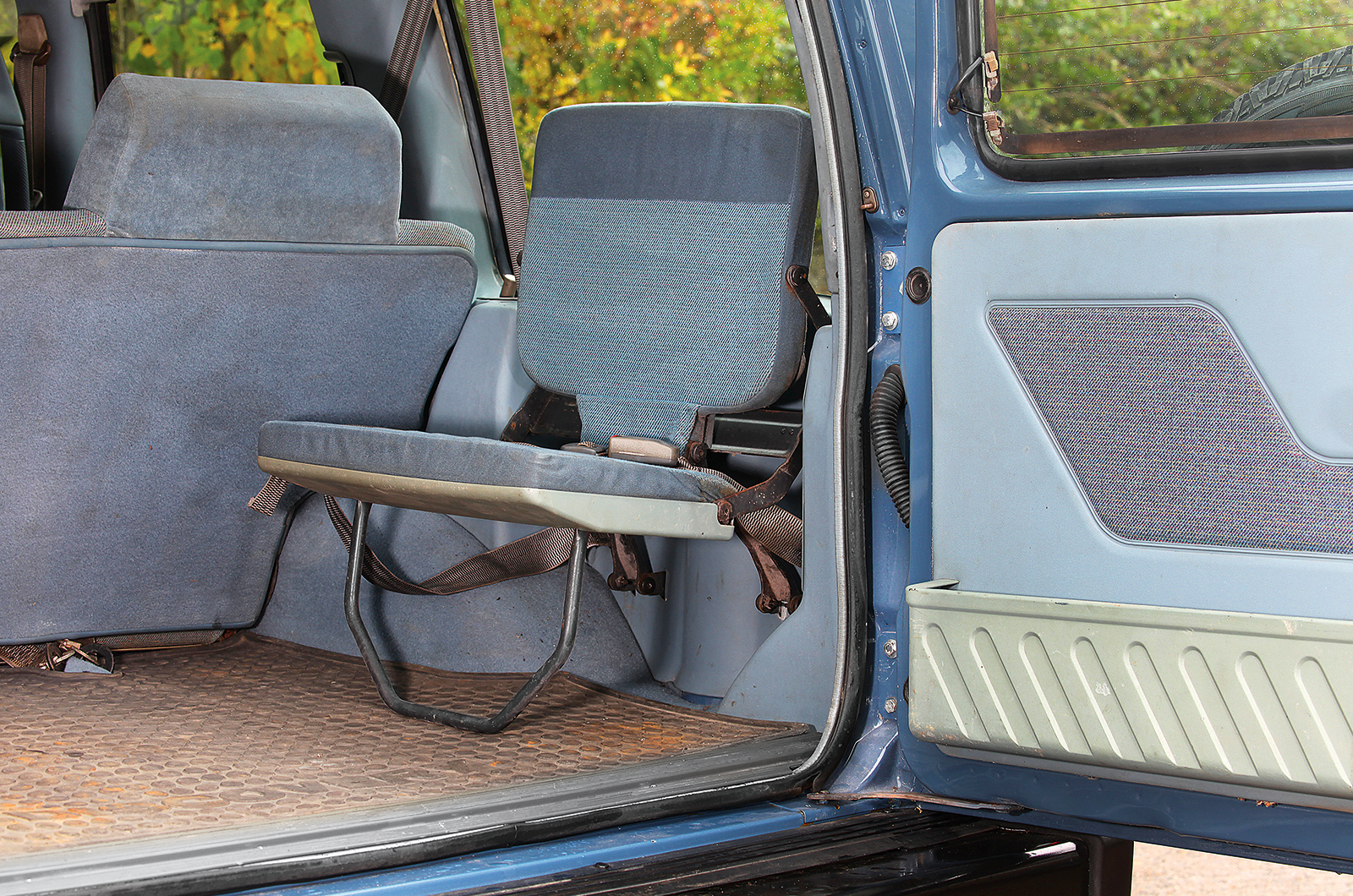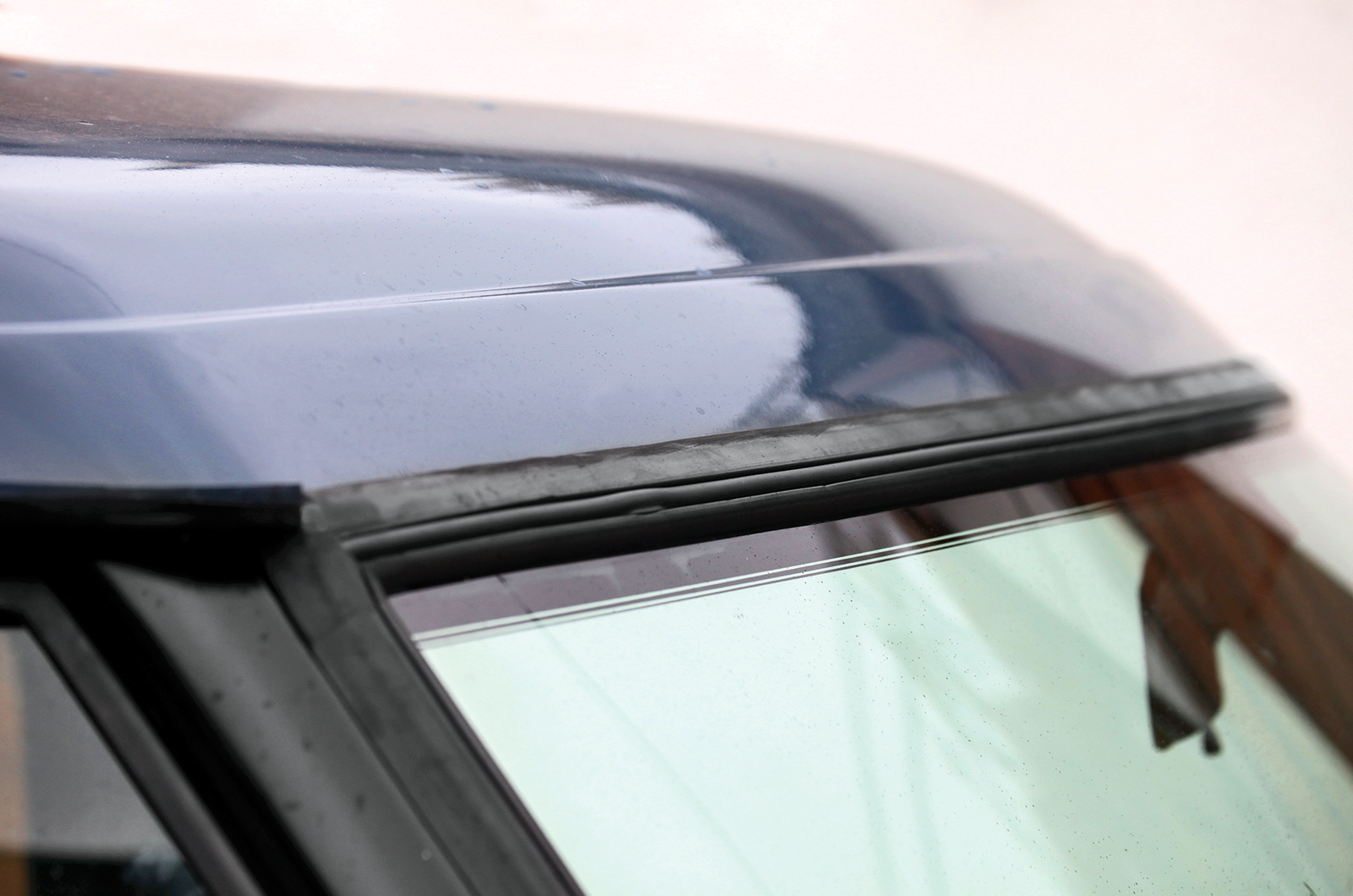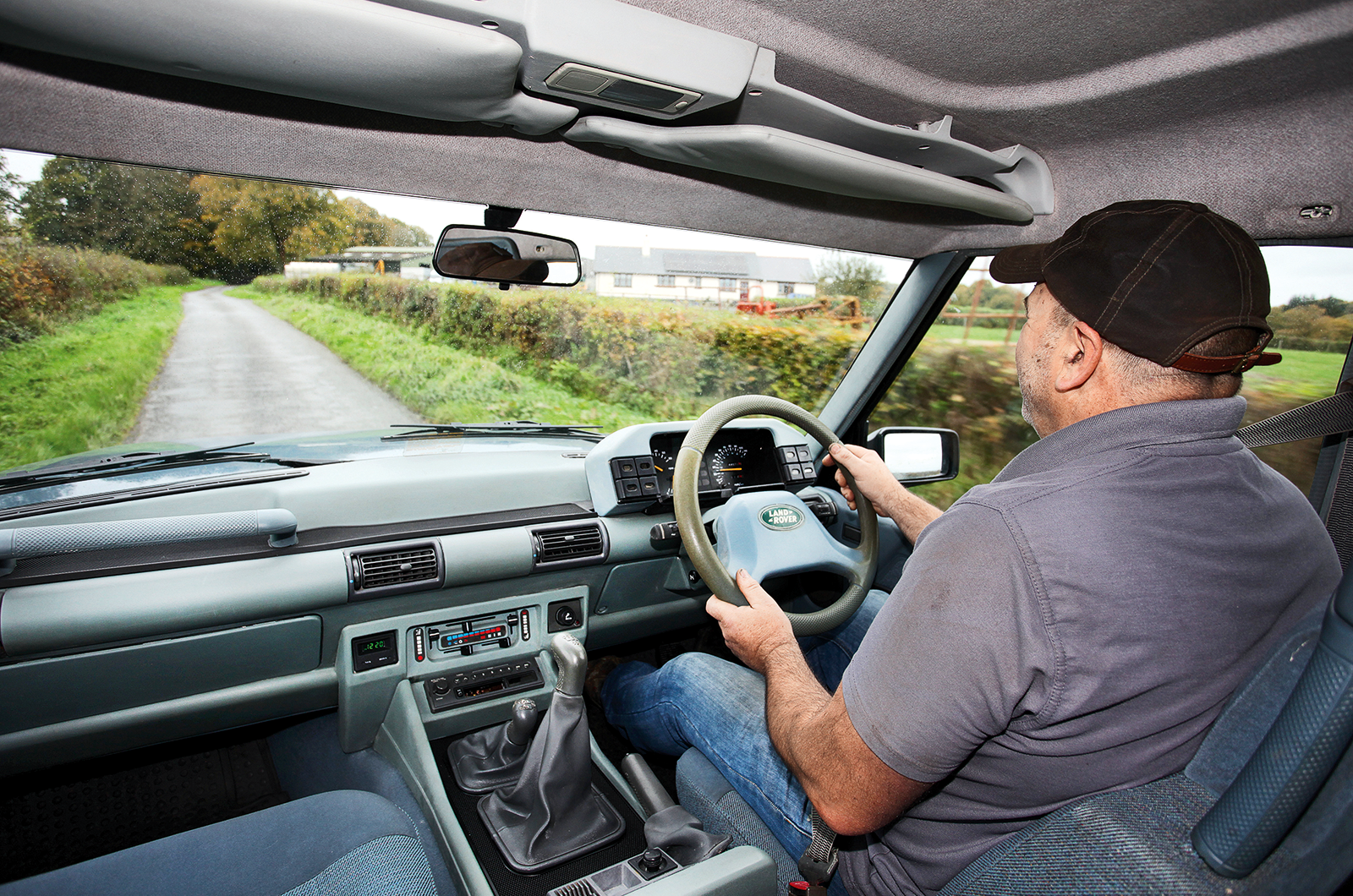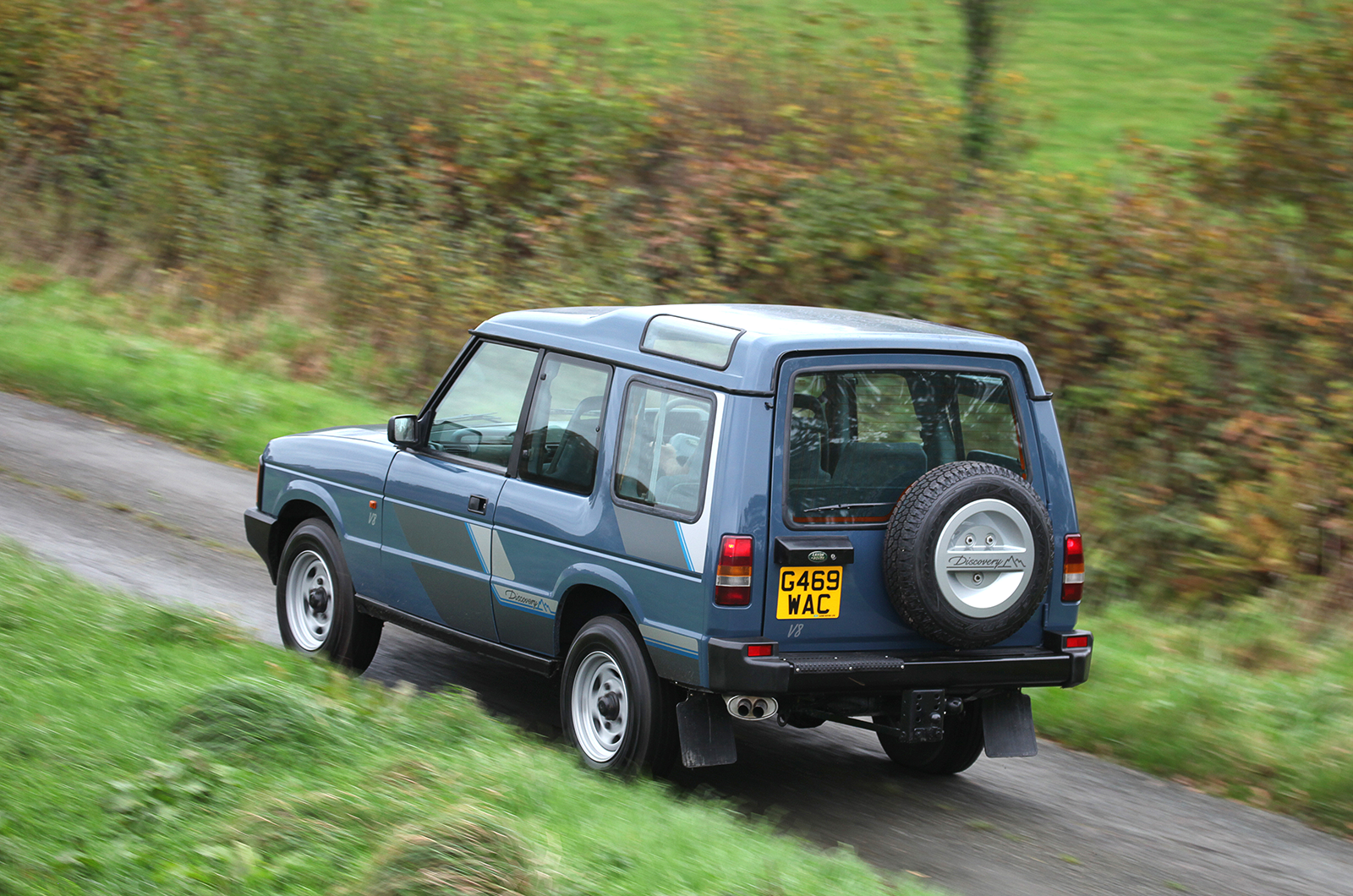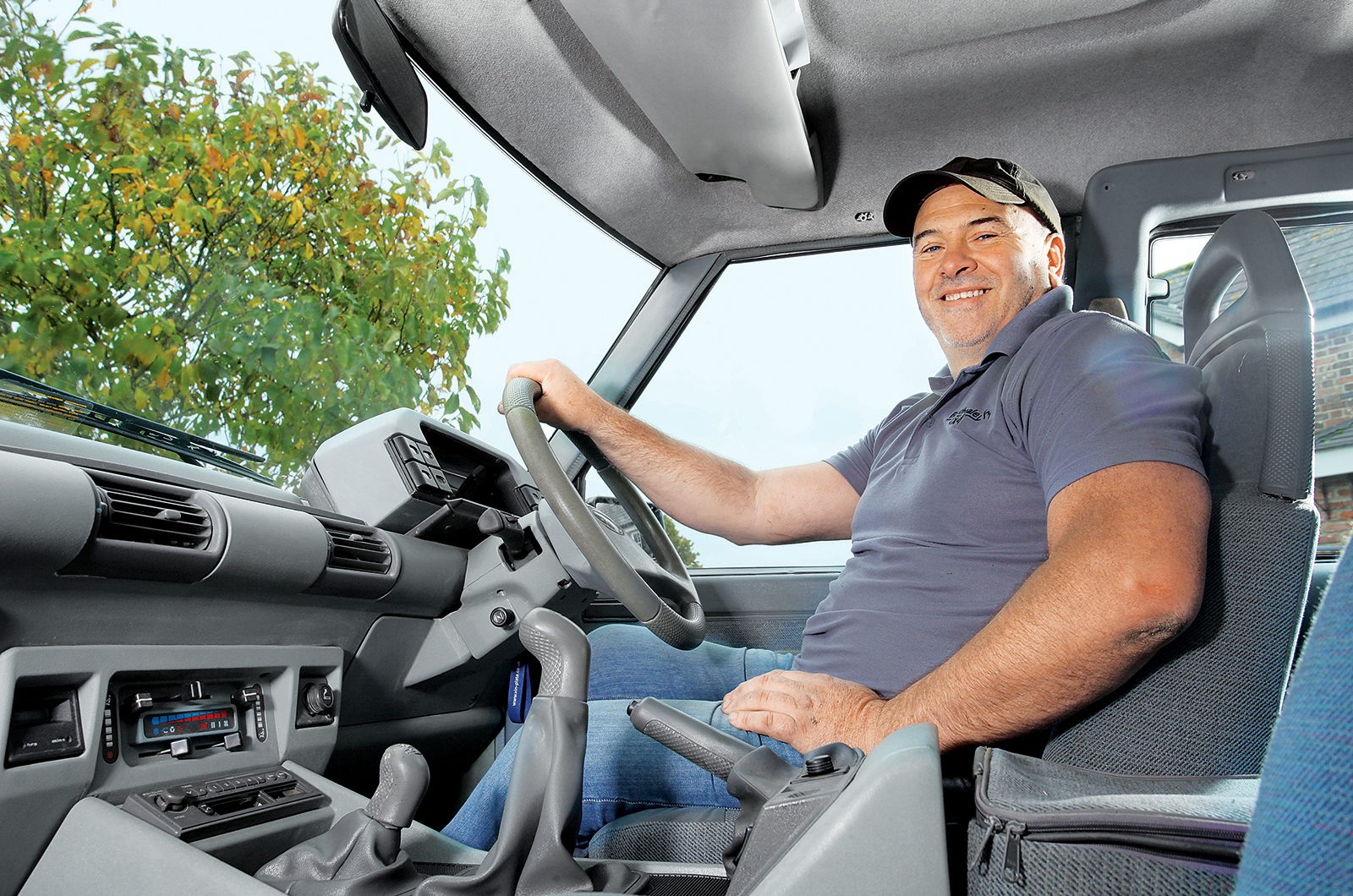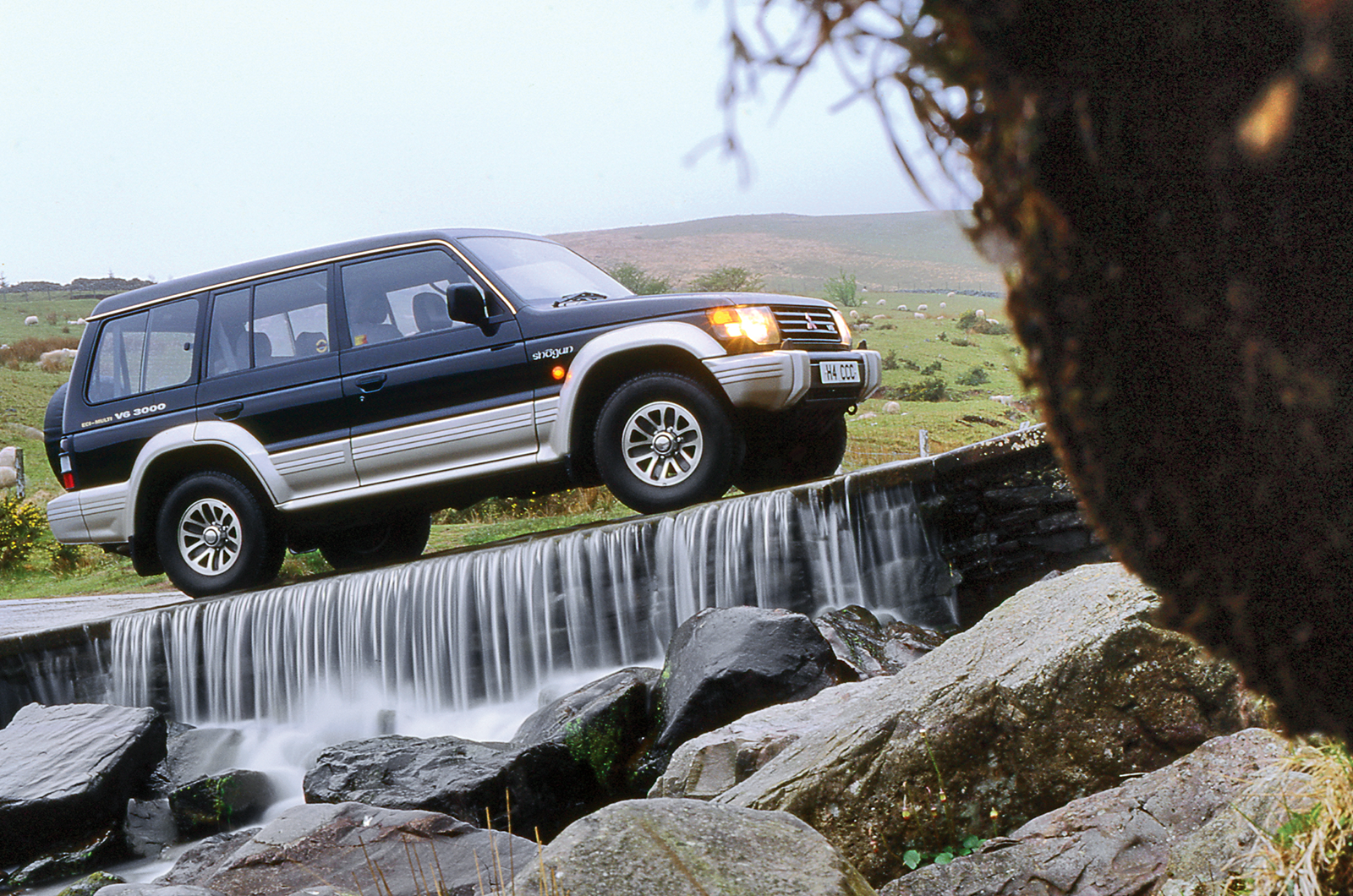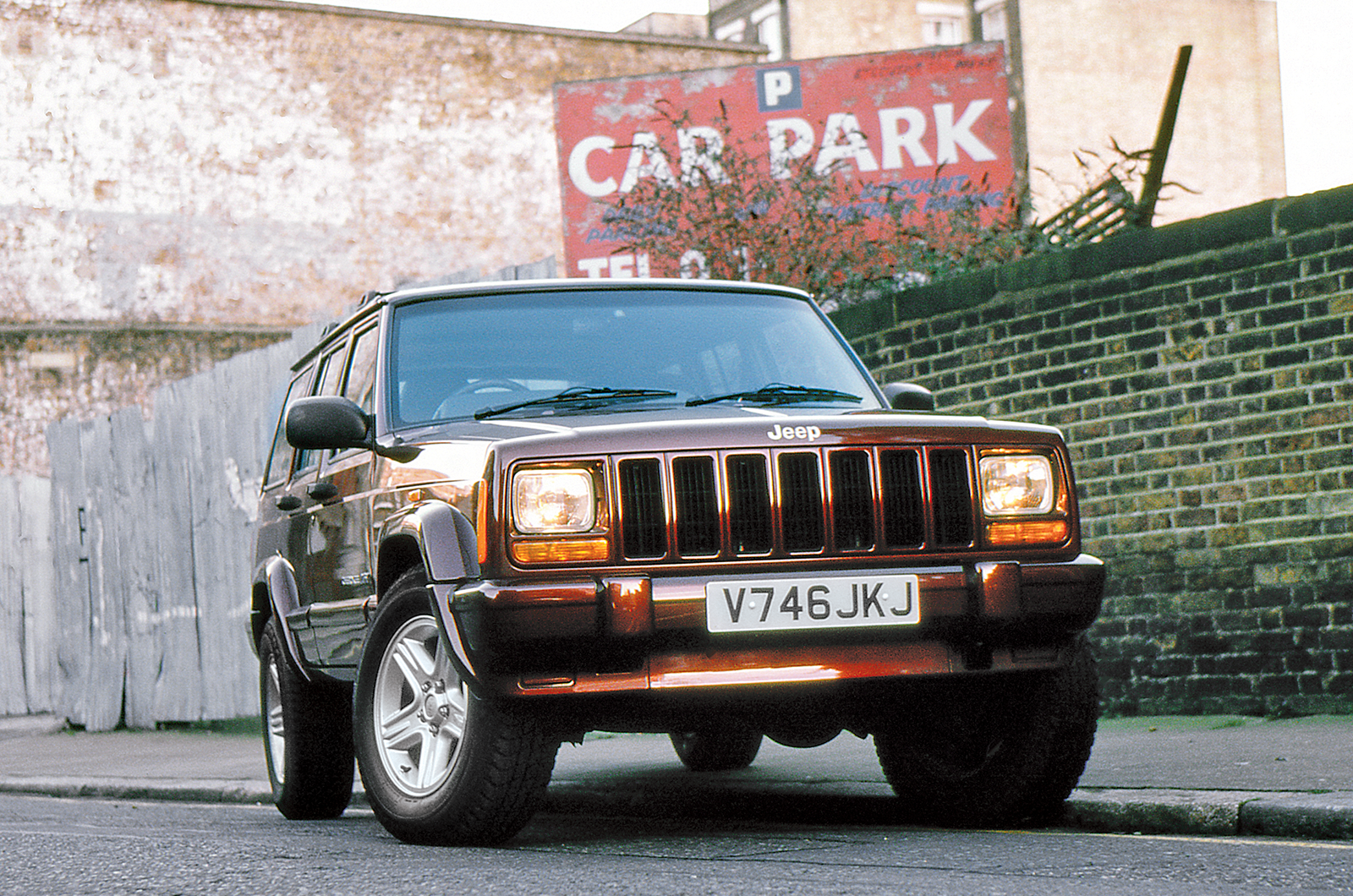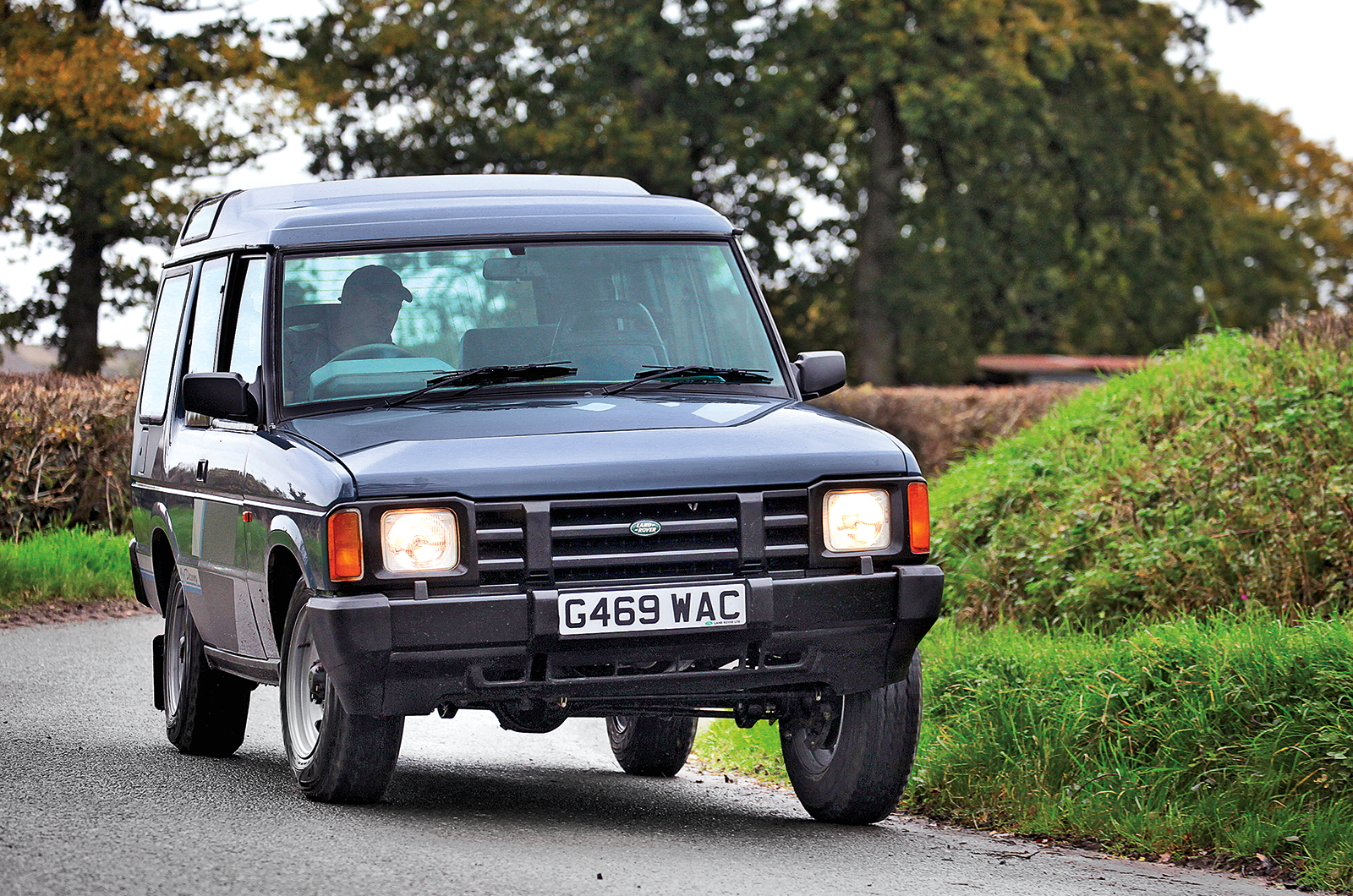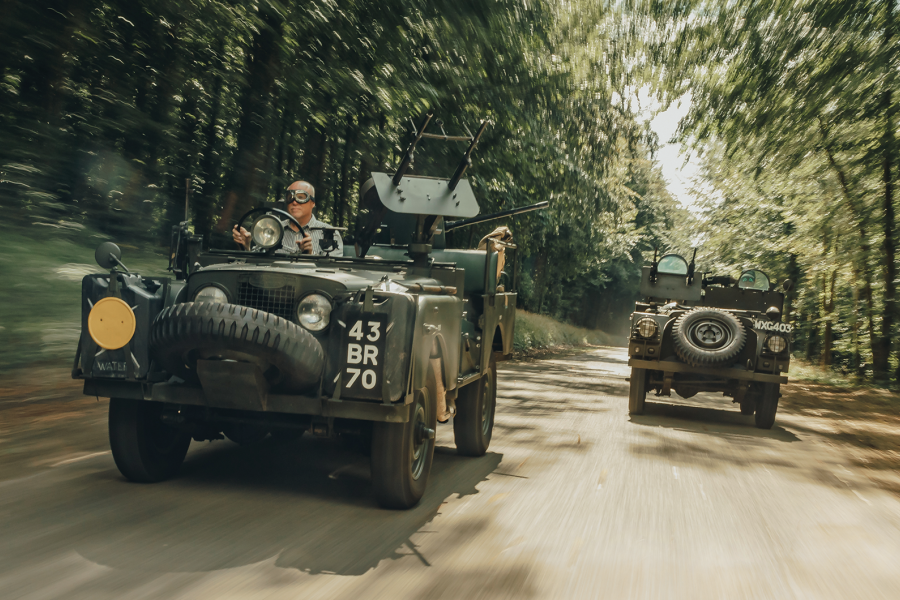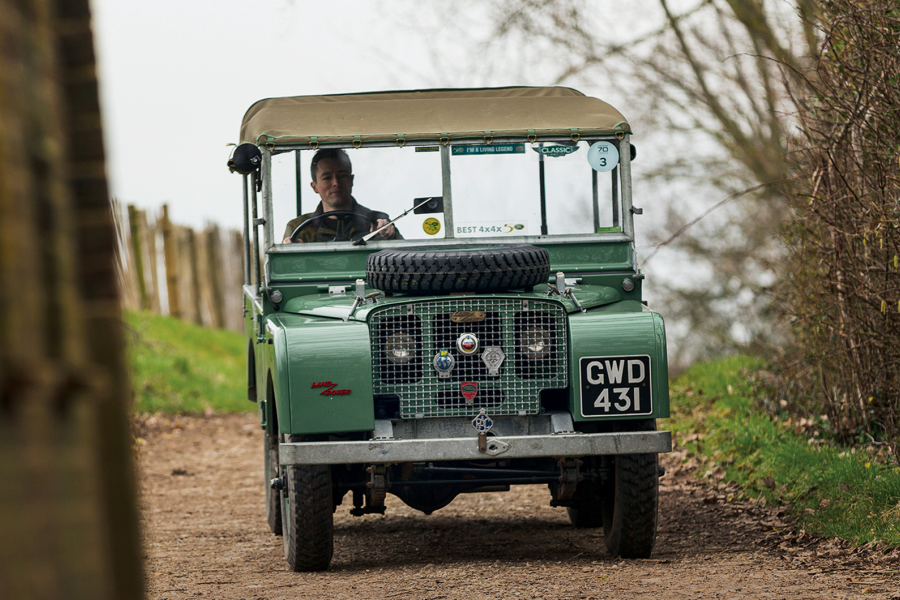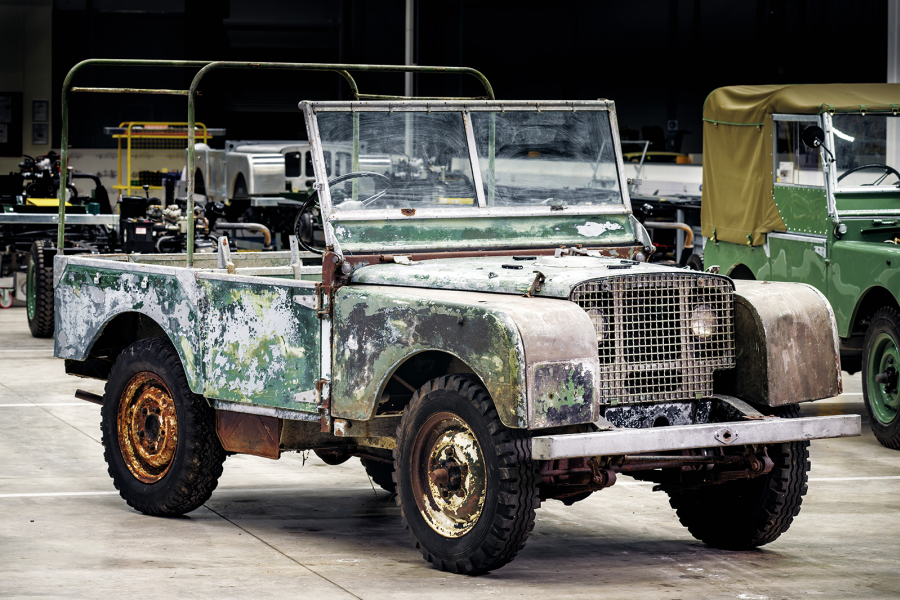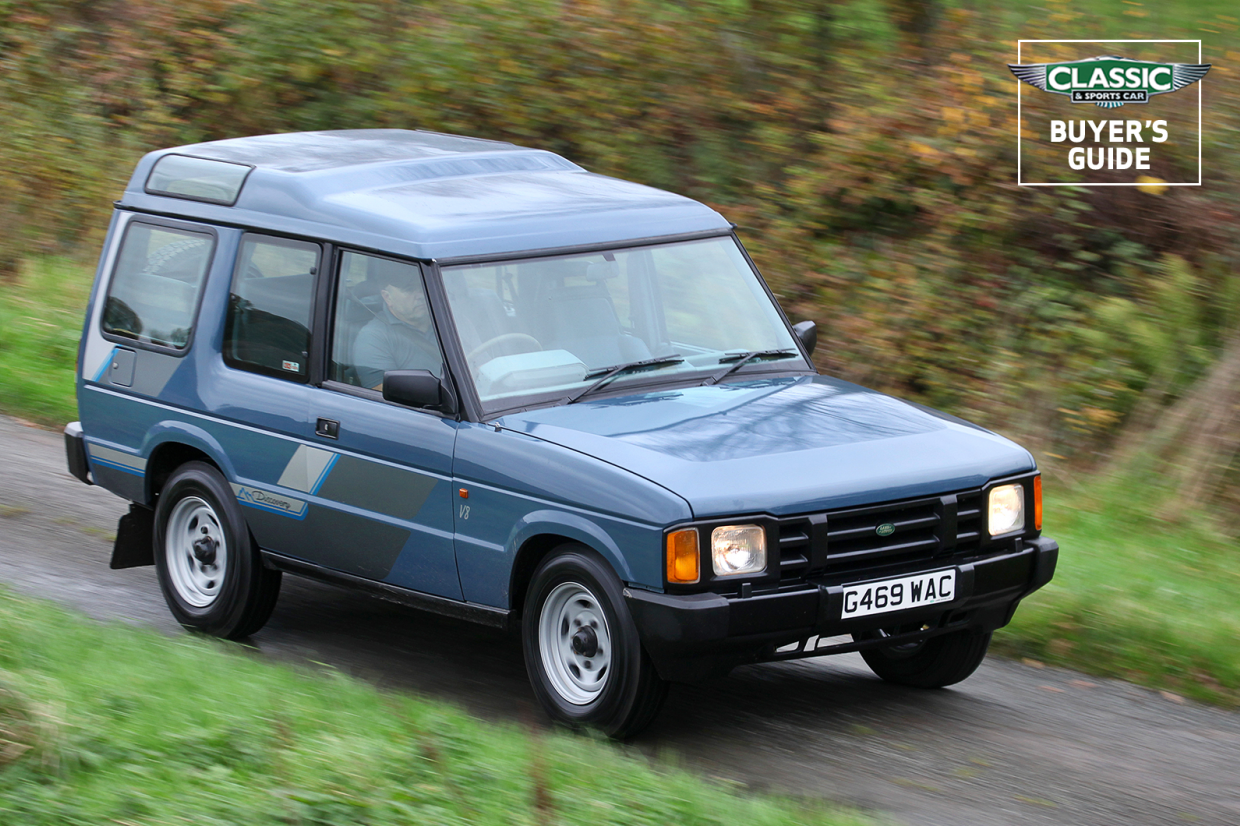
Why you’d want a Land Rover Discovery
The Range Rover was moving upmarket and Land Rover wanted the 90/110 to keep its no-frills farmer audience.
But Mitsubishi, Isuzu and others were making big mid-range 4x4 sales: Land Rover needed to plug that gap, and fast.
Project Jay, as it was known in-house, neatly blended the Range Rover’s chassis (shorn of expensive self-levelling suspension), door shells and windscreen with a distinctive new body featuring stepped-up rear seats and roof, with ‘Alpine’ windows on each side and inward-facing occasional seats in the boot to give a seven-seat capacity.
Longer, higher and heavier than the Range Rover, the Discovery had a steel roof welded to its steel inner shell for stiffness, all clad with bolt-on aluminium panels.
No one person is credited with the design, the whole Solihull team having had input, but the result was distinctively different from the Range Rover and very successful.
The interior was by Conran Design and widely liked, especially for the clever stowage – though the universal pale-blue plastic, to which a beige option was added after a year, would later become dated.
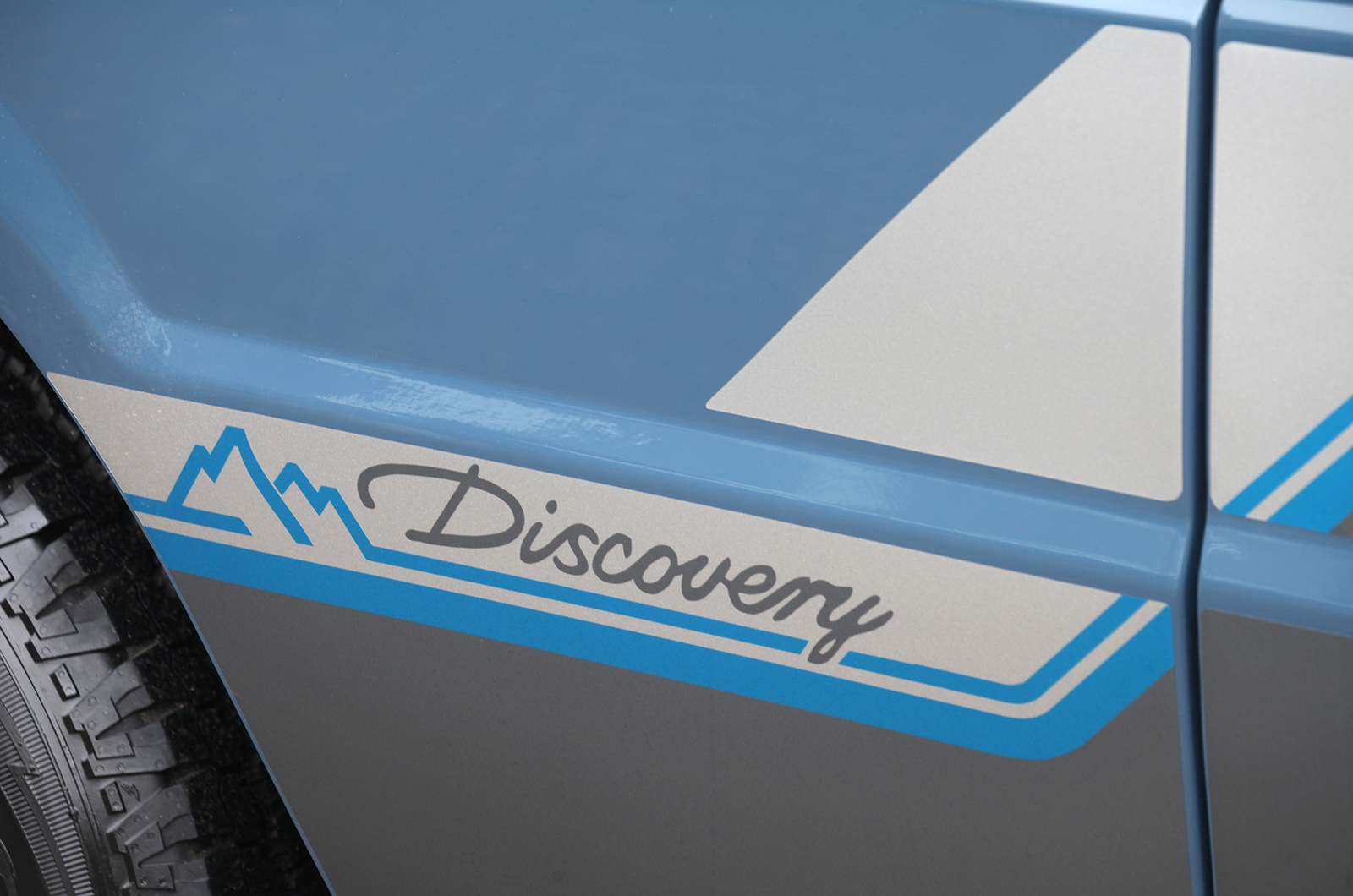
It helped that the brilliant Tdi engine, already under development, was ready just in time: economical and powerful, it was a great V8 alternative and immensely durable.

